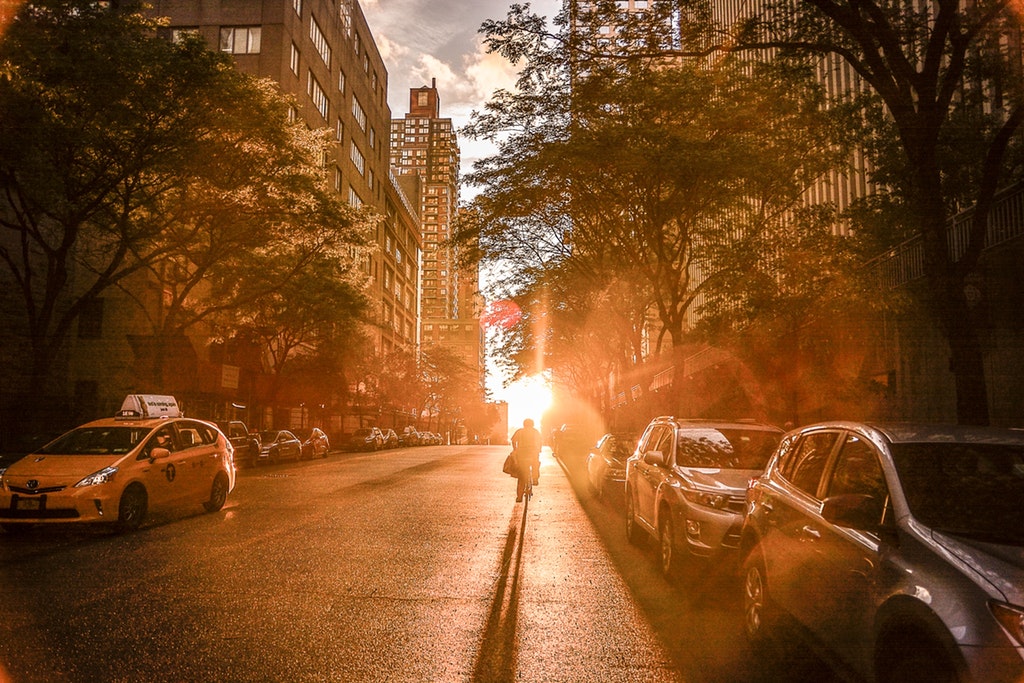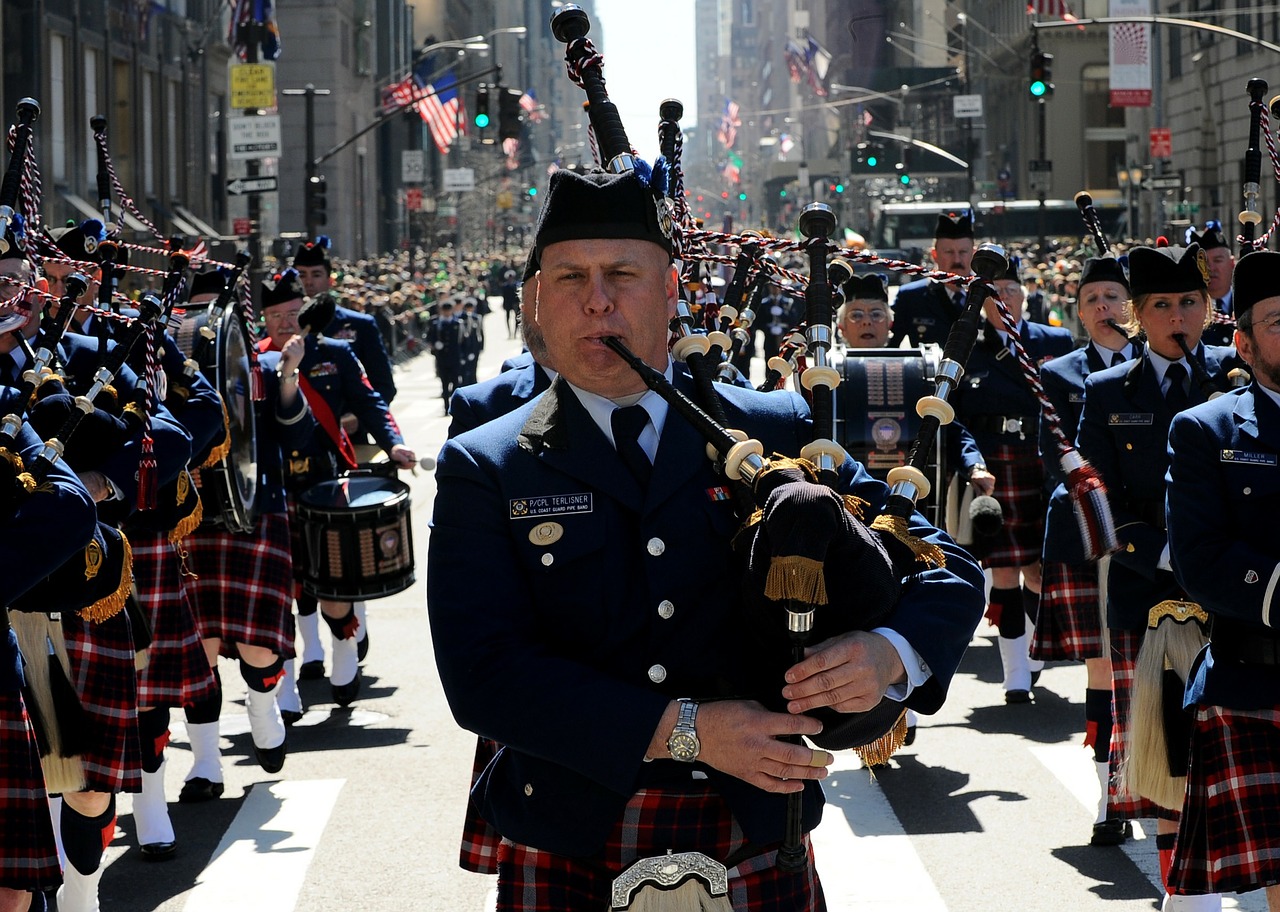What to Know Before Moving Into an Apartment in Manhattan NYC
Are you planning to move to New York City? Many sites can inform you about how to search for an apartment when you want to start your life in Manhattan. From comparing apartment prices in various neighborhoods to identifying the area that’s suitable for renting, all the data you require is a few clicks away. Moving to Manhattan takes a lot of planning and research. There are many districts to pick from depending on your preferences. In case you want to live in a more in-demand neighborhood, you will have to secure a house or an apartment early enough. But, how do you prepare before moving in? The following tips will guide you.
1. Consider the commute
When you move further from the business district, you will extend the distance to work. Although there is a reliable public transportation system, the subway often gets very busy during peak hours. If you live far from work, expect your travel time to last an hour or more. You can still drive to work but the congestion during the rush hour, mainly through the tunnels, will waste your time.
2. Types of property
There are various types of properties to pick from in Manhattan. You will find apartments in a large service building and have a doorman and secure entrance. Older buildings that were constructed in the pre-war period provide exceptional build quality. They are architecturally stunning even though they will offer less modern facilities.
Any new buildings that were constructed in the last ten years have amenities like a gym, valet, swimming pool, maid service, a concierge, and parking. Such apartments have a high demand, and their application process is comprehensive.
3. Fees and payment
You will be required to pay at least a month’s rent in advance although some landlords ask advances for up to three months. Some rentals also ask for a security deposit of 1-2 month’s rent. If you are a foreigner and you don’t have a US credit history, you will pay a high-security deposit that can total up to a whole year’s rent. You may also be asked to pay a real estate fee which is usually 15 percent of your yearly rent for a lease of about an annual.
Another expense you should consider is the communal building fees that may include the payment for a doorman including access to the building facilities, upkeep of the shared areas and parking. Utilities can also be included like water and heating but you will pay the rest separately, and they may also require a deposit. Other fees include a credit check and initial application costs.
4. Financial eligibility
Manhattan landlords set financial eligibility restrictions on their properties and ask for proof of income during the application process. So, you are required to have a contract or a confirmation of your job and salary. Usually, they will ask for an income of forty to fifty times the monthly rent value.
5. Moving logistics
In most cities, it’s easy enough to pull up a U-Haul close to your apartment building and handle to the move-in yourself with the help of a few friends. This is not the case in NYC. Most Manhattan streets are busy and between that and parking permits and shortages, you may have difficulty finding a place to park a moving truck. Additionally, many buildings do not have elevators or have narrow hallways. All of these factors make moving into an NYC apartment difficult. With that in mind, you may want to book professional movers in Manhattan (our recommendation for smaller moves) to manage the move for you. Many New Yorkers find themselves making a very small move and most of the local movers have minimum hourly rates that end up being outrageously expensive for moving a small NYC flat. Our recommended movers are great for small quick moves and can do it an affordable rate.







